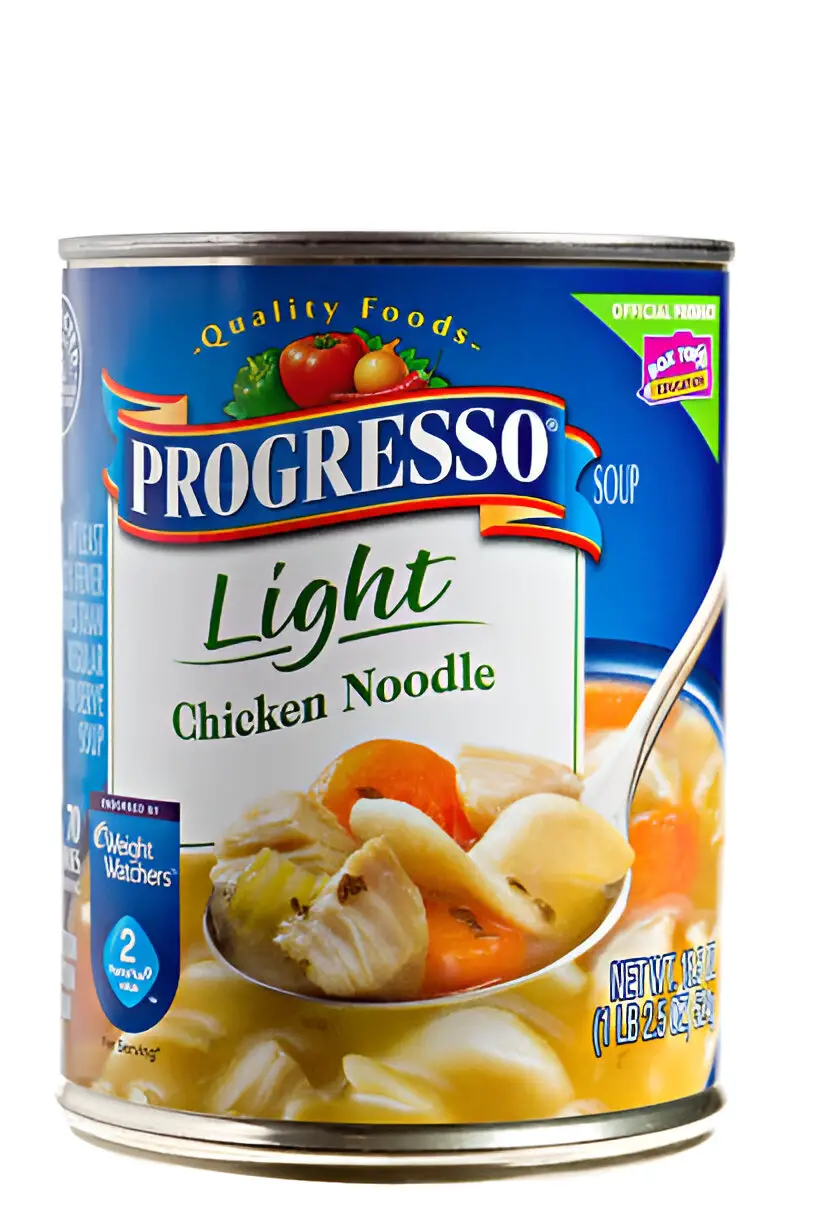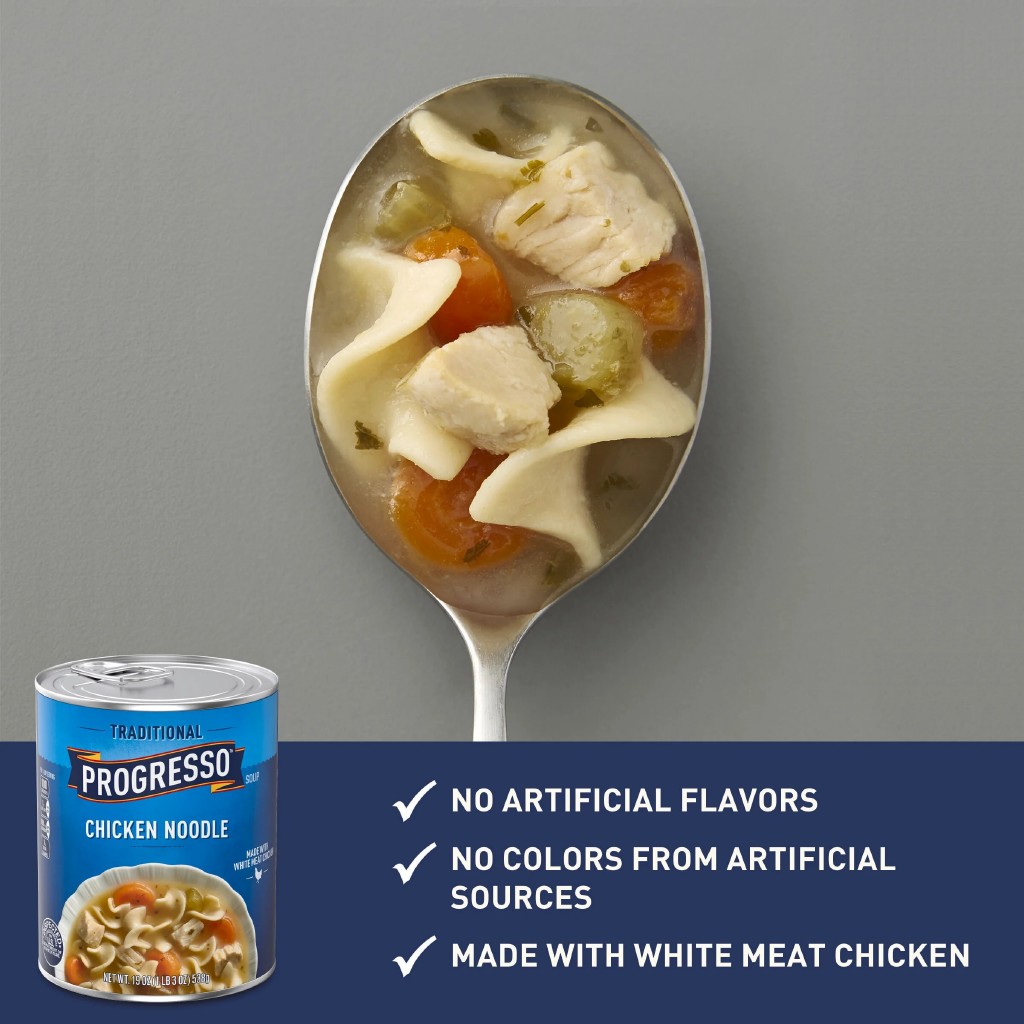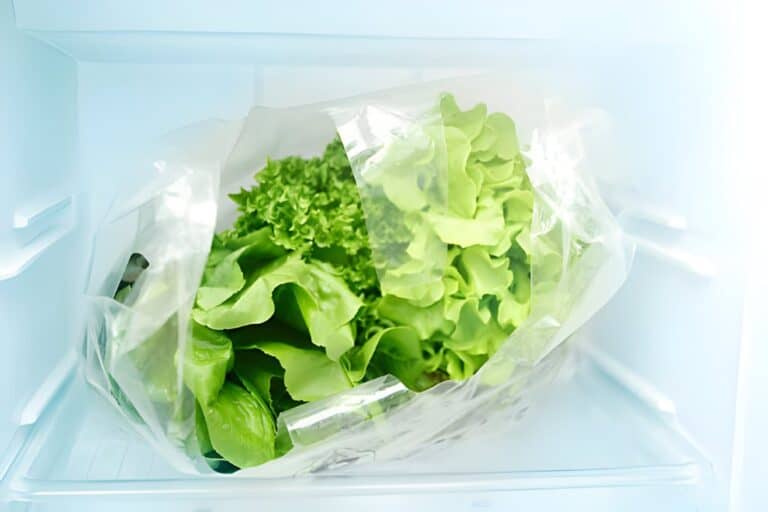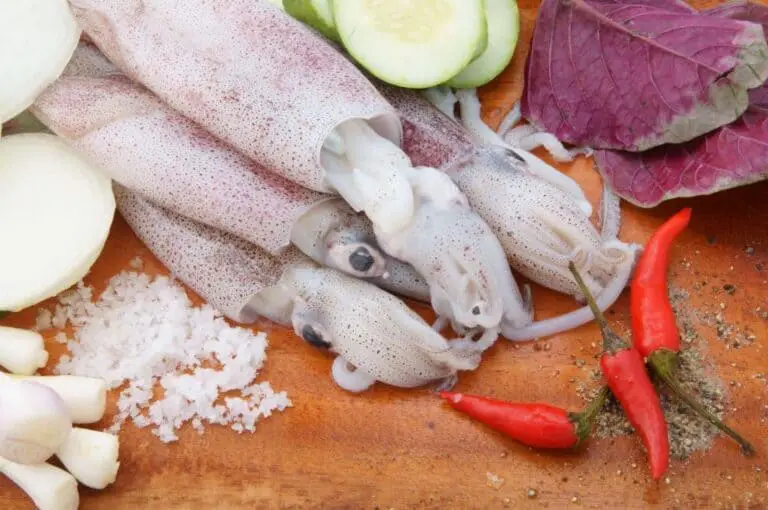Can You Eat Progresso Soup Straight from the Can Without Heating It?

Life often becomes excessively hectic, doesn’t it? Between work deadlines, errands, and trying to squeeze in a little “me time,” cooking a full meal can feel like an impossible task. That’s where canned soup comes to the rescue—a quick, convenient option that’s been a pantry staple for decades.
I must confess, there have been numerous occasions when I’ve stood in the kitchen, clutching a can of Progresso soup, and contemplated whether I should heat it up or consume it directly from the can. Turns out, you can eat it cold, but is that the best way to enjoy it?
But here’s the real question: is eating canned soup straight from the can just a time-saving hack, or are you missing out on flavor and safety? What if I told you there’s a way to make canned soup taste almost homemade with just a little extra effort? Keep reading to find out how to elevate your canned soup game and avoid some common pitfalls.
By the end of this article, you’ll not only know whether it’s safe to eat canned soup cold, but you’ll also learn how to heat it properly, enhance its flavor, and make it a more nutritious meal. Whether you’re a busy professional, a student on a budget, or just someone who loves a good shortcut, this guide will help you make the most of your canned soup—saving you time while still enjoying a delicious, satisfying meal. Let’s get started!
Can You Really Eat Progresso Soup Without Heating It?
Absolutely! Progresso soup, like many canned soups, comes fully cooked and ready to eat. The FDA mandates that all canned foods, including soups, undergo a cooking process that makes them safe for consumption right out of the can. This ensures that you won’t encounter any unpleasant surprises within the canned food!
Picture this: you’re hungry, and time is short. You pop open a can, pour it into a bowl, and voilà! A warm, hearty meal awaits. Sure, it might not be the same as a steaming bowl straight from the pot, but it’s certainly convenient. Just keep in mind that the taste might improve with a little heating.
Why Would You Want to Heat It?
While eating straight from the can is safe, heating up your Progresso soup can elevate the flavor and texture. Plus, there’s something comforting about a warm bowl of soup on a chilly day. So, if you have a few extra minutes, let’s explore how to reheat it for the best experience.

Reheating Progresso Soup: Microwave Method
When it comes to reheating, the microwave is your best friend for speed. Here’s how I do it:
Steps for Microwave Reheating
- Pour and Cover: I pour the soup into a microwave-safe bowl and cover it with plastic wrap. Pro tip: poke a small hole in the wrap to let steam escape, preventing a messy explosion.
- Heat It Up: I set the microwave for 60 seconds. When the timer dings, I give the soup a good stir and taste it. If it’s not warm enough, I heat it in 25-second intervals until it’s just right.
- Stir and Enjoy: Once it reaches the desired temperature, I stir it again to ensure even heat distribution. Then it’s time to dig in!
Pros and Cons of the Microwave Method
| Pros | Cons |
| Quick and convenient | Might not heat evenly |
| Minimal clean-up | Can leave parts cold or too hot |
| Perfect for single servings | Can alter texture slightly |
Reheating Progresso Soup: On the Stove
If you have a bit more time on your hands, reheating on the stove might be the way to go. It allows for better control over temperature and texture.
Steps for Stove Reheating
- Transfer to Pot: I pour the soup into a medium saucepan and place it over medium heat. This helps me keep an eye on it without letting it boil over.
- Stirring is Key: I stir every 30-40 seconds. This helps distribute the heat evenly and prevents any soup from sticking to the bottom of the pot.
- Timing: It typically takes about 3-6 minutes to heat through, depending on the heat and how much soup I’m working with.
Pros and Cons of the Stove Method
| Pros | Cons |
| Better temperature control | Takes longer than the microwave |
| More even heating | Requires additional dishes to wash |
| Enhances flavor and texture | Need to monitor closely to avoid burning |
Is It Safe to Heat Canned Soup in the Can?
Now, here’s where things get a bit dicey. While it might be tempting to heat your Progresso soup right in the can, it’s not the best practice. Here’s why:
What You Need to Know
Most cans have a plastic lining that can release harmful chemicals when heated. Bisphenol A (BPA) is one of the culprits. Research links BPA to various health issues, including hormone disruption and even certain cancers.
To stay safe, it’s better to transfer the soup to a pot or a bowl. This simple step keeps your meal free from potential contaminants.
| Check out: How to Reduce Acidity in Tomato Soup |
Progresso’s Unique Flavors
Progresso offers a wide variety of soups, but some flavors stand out even when eaten straight from the can. Classic choices like Chicken Noodle and Minestrone taste familiar and comforting, while heartier options like Clam Chowder or Loaded Baked Potato provide rich, creamy textures that hold up well even when cold. These soups are fully cooked, making them a convenient, ready-to-eat option.
For those who enjoy bold flavors, Progresso has unexpected combinations that break traditional soup norms. Varieties like Spicy Jambalaya, Tomato Basil with Roasted Red Pepper, or Southwest Black Beann add a unique twist with smoky, spicy, or tangy elements. These soups can be enjoyed cold for a refreshing and flavorful experience.
| Soup Flavor | Key Taste Notes | Best Cold Experience? |
| Chicken & Wild Rice | Savory, mild herbs | Yes, light and fresh |
| Clam Chowder | Creamy, briny, rich | Yes, like cold seafood dip |
| Spicy Jambalaya | Smoky, spicy, bold | Yes, for heat lovers |
| Tomato Basil w/ Roasted Pepper | Tangy, slightly sweet | Yes, like a cold gazpacho |
Adventurous eaters looking for new experiences might be surprised by how well some of these flavors translate into a chilled meal. Whether you prefer a creamy or brothy texture, Progresso offers something unique for every taste!
| Read: From Soup to Salsa: Use Overripe Sweet Corn |
How to Tell if Your Progresso Soup Has Gone Bad
Before you dig in, it’s crucial to ensure your soup is still good to eat. Here are some tell-tale signs that your canned soup has seen better days:
Signs Your Soup Might Be Spoiled
- Damaged Can: If the can is leaking, bulging, or showing signs of rust, it’s best to toss it.
- Unusual Sounds: When you open the can, if it squirts liquid or foam, that’s a red flag.
- Odd Smell or Appearance: If the soup has a strange odor, discoloration, or visible mold, don’t risk it—throw it out!
- Expiration Date: Always check the expiration date on the can. If the expiration date has passed, it’s advisable to proceed with caution.
Quick Reference Table for Canned Soup Safety
| Condition | Action |
| Can is bulging or leaking | Discard immediately |
| Can has rust or damage | Discard immediately |
| Soup smells or looks off | Discard immediately |
| Within expiration date | Safe to consume |
Conclusion
So, can you eat Progresso soup straight from the can? Yes, you can! However, to improve your experience, consider reheating it in the microwave or on the stove. Just remember to avoid heating in the can to keep your meal safe and healthy.
Next time you find yourself staring at a can of Progresso soup, you’ll know exactly what to do. Heat it up or eat it straight from the can for a tasty treat that fits your busy lifestyle. So grab that can, and enjoy the convenience of a delicious meal at your fingertips!






